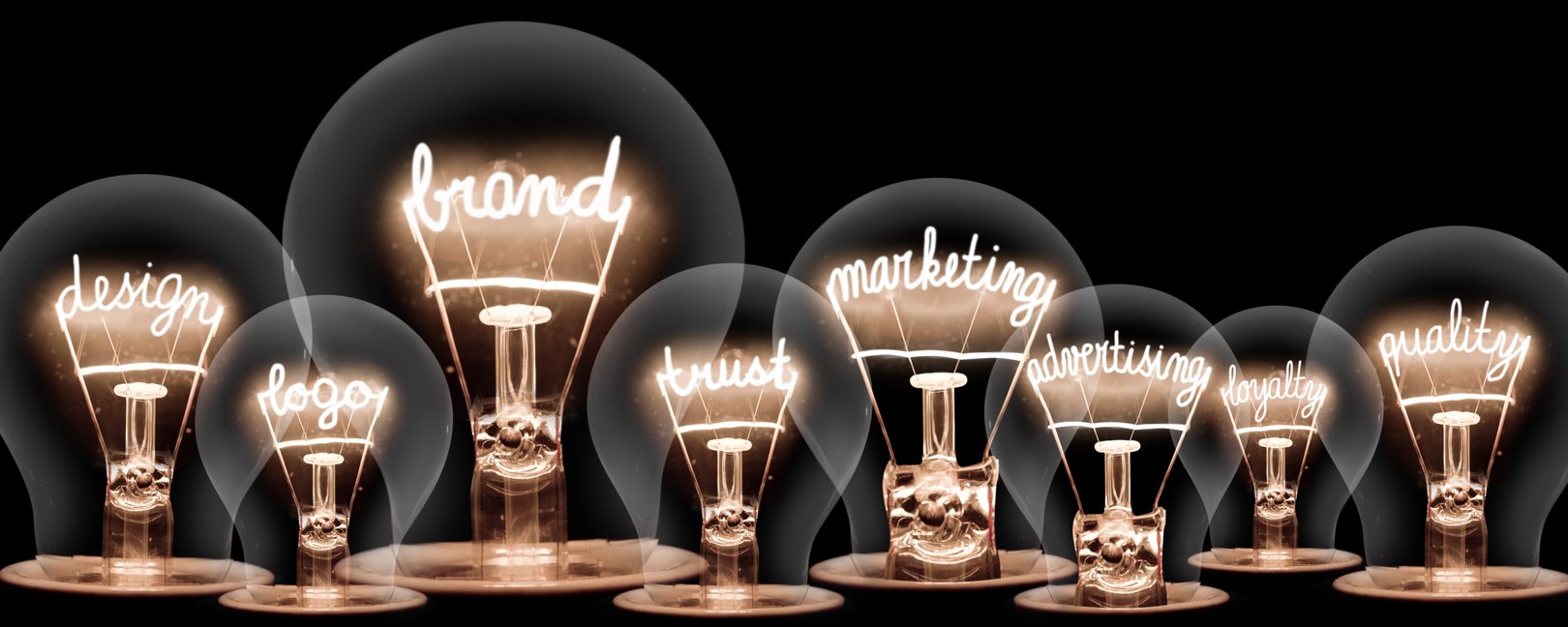FOCUS ON MARKETING STRATEGY, NOT JUST TACTICS
Far too often, agencies and companies alike unwittingly focus on tactics, rather than strategy, in their marketing and communications activities.

We see it often, as companies are consolidating and combining sales and marketing departments. Merged departments means fewer people with more to do. Often, the same people are involved in business development and management, in direct sales, in product development, in marketing and communications. Or worse, people assigned to marketing and communications are not properly trained to handle the demands of these important positions.
It’s not easy for companies to pause, take a step back, and review where they are going. However, if you don’t have a clear marketing road map, you’ll likely be going in circles, wasting time and money, and falling short of your business goals.
Understand Your Brand
Before we look at how you can develop your strategy, we need to understand how that strategy relates to your company’s brand. The brand is the primary driver behind your marketing efforts.
Perhaps the greatest mistake many companies and agencies make is to assume that a brand is simply a slogan or tag line. In doing so, they point to such examples as “Just do it”, or “The Ultimate Driving Machine”. While a slogan or tag line can sometimes capture the essence of a brand, it cannot create one. The brand must be understood first. Then, the right tag line or positioning line or theme can reinforce it. But unless the brand is already understood, a slogan or tag line is meaningless to the audience.
A company’s brand exists within the mind of the audience.
Building a brand is the process of changing the mindset of audiences so that they view the product or service in terms of a collection of values – both tangible and intangible – that it brings to them.
Building a brand is a process, not an event. It must start inside the minds of audience members, with what they know and don’t know; what they believe, and what qualities and values are important to them.
How Do You Develop A Brand Strategy That Works
As a marketing strategist, I recognize that the most difficult and critical part of any brand development assignment frequently occurs long before the creative process begins. This initial thinking is vital because without it there may be no way to objectively judge whether the creative approach will work.
Effective brand marketing is a combination of the RIGHT message, delivered the RIGHT way and on the RIGHT channels, to achieve the RIGHT results.
To that end there is a simple formula I use that may apply to your organization.
- Figure out what you want to accomplish.
In marketing, this is usually described as the change you want in the marketplace – buying habits, distribution methodologies, or whatever strategic goals you have. To achieve this, it is often necessary to change current market perceptions and attitudes. - Figure out what you need to do to make change happen.
It’s easy to enough to develop a web site, create ads, craft social media content and build public relations programs. But unless each of these tactics are specifically targeted to bringing about the desired change, results will be hit or miss, or at best, temporary. - Execute.
Finally, it is necessary to execute the strategy which requires resources both in terms of time and money, and there is seldom enough of either to do everything well. That’s why it’s important to prioritize. Apply the needed resources to the most critical tasks to achieve the desired results. Otherwise, you may get caught in the trap of trying to do so many things, that nothing gets done well. Real results will not appear, despite significant expenditures and an abundance of effort. Prioritization and the application of resources is a formula that has been successful for countless clients over the years.
While these steps may sound simple, the process is not. It takes an honest look at your company to actually understand what your current brand really means, and how or why you want to change it. Then outline a strategy to develop that brand in the minds of your audience and fill a real or perceived market need.

